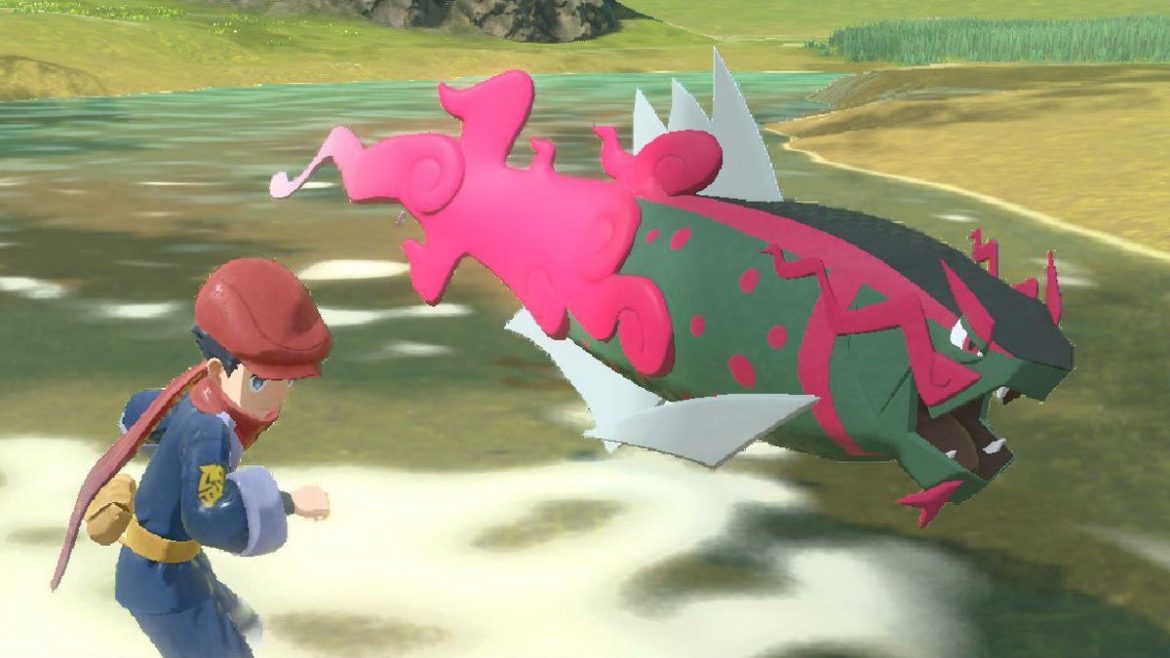Welcome back, readers.
Connor’s latest video roundup is live for your viewing pleasure, and there’s something slightly fishy afoot. I feel like the last TMIVG was, like, a week ago, which I can only assume speaks to my, shall we say, interprative experience of time these days. Anyways, check it out!
Over here on the print side of things, we’ve got a shorter issue overall this week, but there’s excellence to be found in critical spaces as always.
This Week in Videogame Blogging is a roundup highlighting the most important critical writing on games from the past seven days.
Yesterday and Tomorrow
Our opening section this week examines community and industry trends from both player and developer perspectives.
- The Pull of Nostalgia: Speedrunning and NES Games | Paste
Natalie Schriefer examines the psychological motivations that inform speedrunning broadly and NES speedrunning in particular. - The rise of prestige Chinese games | Polygon
Khee Hoon Chan reports on the increasing international visibility of high-production Chinese games, and talks to developers and analysts about the challenges of getting these games made, licensed, and noticed.
“Despite their level of polish and production, these games still suffer from the typical challenges that plague most indies: discoverability. Then there are additional issues, such as language barriers, with many developers who are either not as fluent in English, or are just unaware how they can better reach a western audience.”
Genre Fic
Next up, we have a pair of thoughtful meditations on genre, medium, and structure, with both inclusions upnacking noir and games from different angles.
- Genesis Noir | Hailing From The Edge
Zach Alexander presents a post-mortem on a game that alternately reaches for out-of-the-box cosmic mysticism while tethering itself to noir’s more unseemly tropes (Curator’s Note: Zach is a member of Critical Distance’s advisory board). - White Night: Can a Game be Noir? – Death is a Whale
James inquires whether games as a medium are structurally capable of supporting noir storytelling via an overlooked example as case study.
“The gameplay in White Night is often clunky, which does undermine any suave noir atmosphere. However, in the same breath, it does have some solid jumps and scares. It threatens the audience with the spectre of their own failure, and it does so in a way that’s only possible because of the gameplay format. There are relative strengths and weaknesses in there, but they don’t guarantee particular outcomes, and they don’t seem necessarily insurmountable. Is noir possible in video games? Probably, yeah.”
Imagined Worlds
This next trio covers a wide spread of text-to-world-flavoured themes, looking alternately at how games imagine places, how we imagine games, and the different ways in which both meet or miss the mark.
- The Academic Library in The Elder Scrolls V: Skyrim | Play the Past
Alvina Lai studies the the College of Winterhold’s Arcanaeum and compares it to the function and role of real-world academic libraries. - Pokemon Legends: Arceus | The White Pube
Gabrielle de la Puente maps out the gap between player imagination and play reality in the Pokémon series, and discusses how Arceus begins to bridge that gap. - BRING ME ALL YOUR LOVE | DEEP HELL
Skeleton writes about The World Ends With You, Mister Miracle, vicarious experiences, and places we’ve never been to and can’t go back to.
“I think Hanekoma is the reason I’d ever go back to play the god damned game again. Like the little nuggets of hollow aphorisms people who read too much YA novels adopt to get through the hardship of life, I can still recall a chipped and crust covered Nintendo DS speaker chiming to life with a “Yo!””
Making Inroads
Here we have two authors identifying specific points of entry into popular games, be it the tactical advances of Dark Souls 2 or the distinctive soundtrack of Sable.
- Souls Week: Dark Souls 2 is the best Dark Souls game that isn’t Dark Souls or Dark Souls 3 | Eurogamer.net
Caelyn Ellis highlights the mechanical subtleties of From’s least-loved Souls entry. - Gliding Through Self-Discovery: How Japanese Breakfast Guided My Procellous Journey With ‘Sable’ | Epilogue Gaming
Flora Eloise traces the sonic contours of her time with and adjacent to Sable.
“Playing Sable at a period of my life where I feel uncertain of the various masks with which I wear and which others use to perceive me, Sable’s journey spoke to me in a manner that Japanese Breakfast’s own music and Michelle Zauner’s H Mart did in their respective mediums.”
Critical Chaser
A little warmth to close out the week.
- Love, Nancy | Into The Spine
Madison Butler reminisces about Nancy Drew and play, together.
“We play detective by firelight, under the orange-blue-red-green glow of the Christmas tree.”
Subscribe
Critical Distance is community-supported. Our readers support us from as little as one dollar a month. Would you consider joining them?
Contribute
Have you read, seen, heard or otherwise experienced something new that made you think about games differently? Send it in!


